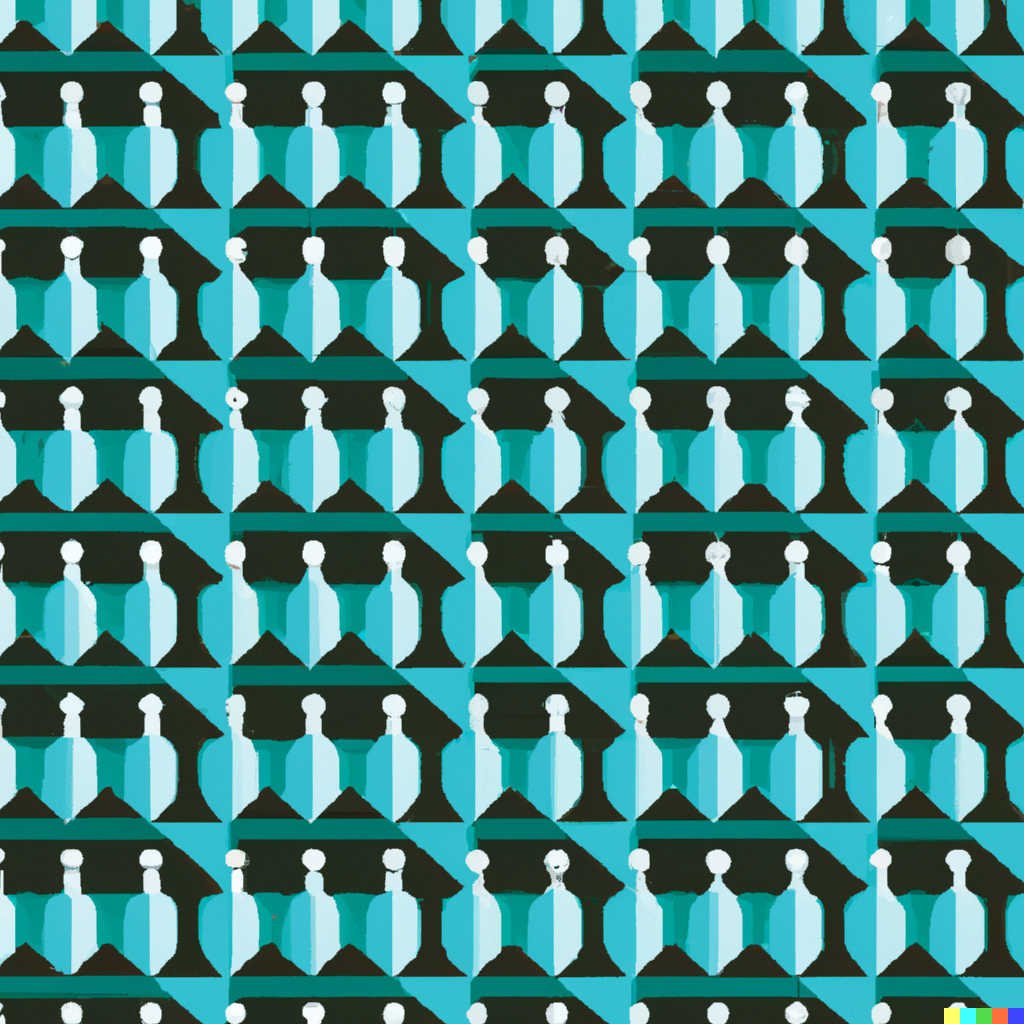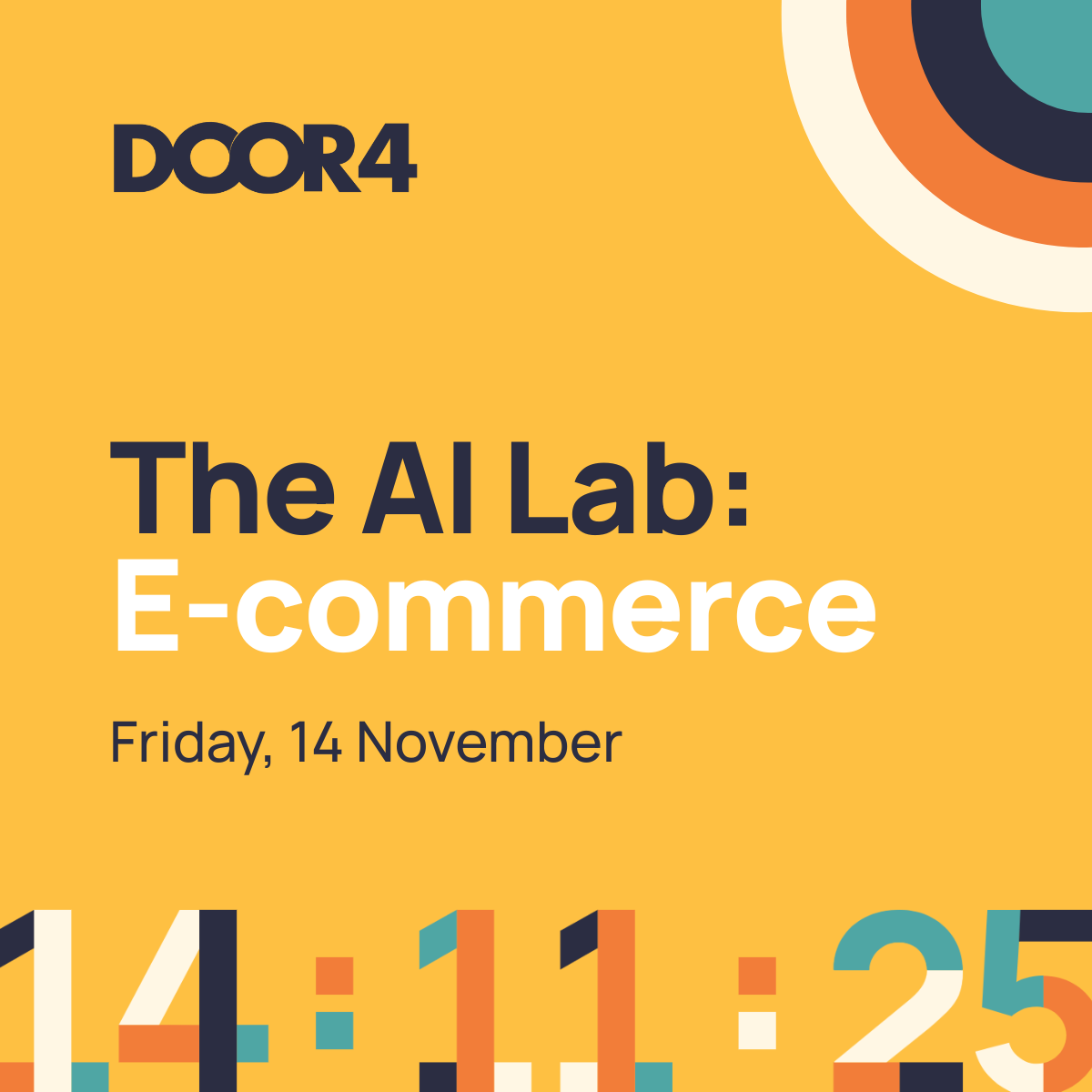Ready to explore the possibilities?
Request a quick call with our team to find out how the Innovation Explorer program can help your business take its next big leap into AI and automation.

Let’s Talk… No&Lo with John Logue
We’re really pleased to be chatting to John Logue, today.
John has an extensive background in marketing and innovation, with over 7 years of experience at Diageo in the UK and Australia. He has also held several marketing leadership roles, including Head of Innovation and Customer Marketing at Rekorderlig Cider, where he launched the brand globally. He later served as Customer Marketing Controller at BrewDog and Head of Marketing at Atom Brands. Additionally, John has consulted for various brands, including Highpoint Drinks, Tom Savano Cocktails, and St Andrews BrewCo. He was also the Head of Marketing for Lucky Saint and CROSSIP, both leaders in the zero alcohol drinks sector.
In addition to his work in marketing, John is also the founder of We Are Hummingbird, a non-profit mental health awareness campaign, and the director of the We Are Hummingbird Health MHFA training company, which is the largest independent training company in the UK.
Leon
Hi John – great to have you with us. For those people who don’t yet know your work – do you want to give a rundown of your journey so far?
John: I am a marketing expert who has specialised in both the alcoholic and non alcoholic beverage industry. I have worked with some of the largest and most influential brands in the UK for the last 20 years.
At the start of my career, I cut my teeth as a DIAGEO rep and worked my way up through most sales functions. After a period of time, I moved over to Sydney, Australia for a Customer Marketing Manager role, still with DIAGEO. In Australia, I worked on their dark spirit brands like Bulliet, Johnny Walker and Captain Morgan. I also worked on their premium whisky portfolio.
I was then approached to join Rekorderlig in Australia which had just launched. After I joined, we took it from 30k cases to 1.8m cases. All in just 3 years. In the same period of time, we gained 27% of the market share, which led to Rekorderlig winning awards and consumer hearts in Australia… exciting days!
I moved back to the UK, stayed working for Rekorderlig and took up the role of Head of Innovation. Rekorderlig Dry Apple, our RTD cocktail cans and the low sugar and AF variants are some of the innovative brands I created for Rekorderlig.
I then was headhunted to join the craft beer powerhouse, Brewdog. Here I looked after the customer marketing of the brand across the UK for both on and off trade. I oversaw the launch of over 300 beers and helped to secure customers like JD Wetherspoon, Waitrose, Impulse Fascias and many independent bars. I also worked on the launch of Hawkes cider, Brewdog’s alcohol free range and was part of the team that created their traditional Pilsner, Lost Lager.
I then came away from the beer market, and switched back to spirits. I joined ATOM Brands and ran the marketing team whilst working across their whole portfolio. I had a key focus launching Bathtub Gin, which was sold by the ABI (ATOM Brand’s parent company) beer team – the first time they sold a spirit brand in their history! Teaching a team who’s forte is beer about spirits was an amazing challenge! We repositioned the Bathtub Gin brand as well as creating their first cross promotion with a beer brand… Bathtub and Stella Artois!
I then joined Lucky Saint helping them create the structure of their Marketing team. With this time, I helped to launch Lucky Saint on draught and in cans across the UK.
Since then, I have focused on alcohol free (AF) spirits, working with the likes of Distil Ventures and many other brands that aspire to grow in the UK market.
Currently, I am with CROSSIP, helping them become one of the top AF spirits in the UK – focusing on advocacy in the on trade and category leadership in this exciting new category of Lo&No (low & no alcohol).
The alcohol-free/low-alcohol category is growing significantly both in the UK and internationally. How has drinks marketing adapted to this shift?
Lo&No has benefited by a few key factors in the last few years, most notably a shift in consumer and customer engagement.
Consumers have begun to find permission to drink non alcoholic spirits on more occasions, seeing it as an addition to their drinking repertoire and not just a replacement for when they either want less or no alcohol.
Customers have driven this by making availability and education around Lo&No more prevalent. More SKUs on bars and shelves makes accessibility easier and the chance to just ‘get a soft drink’ feels less of an option as they look for a non alcoholic brand. More importantly, stores and bartenders have got behind this, recommending and educating – helping to make that decision easier for the consumer.
Finally, it’s all been about the ‘bowtie’ of consumers taking on board Lo&No. These are people like me, 35+ looking for moderation and less alcohol.. Equally, the younger consumer that has no inclination to drink alcohol is fuelling Lo&No occasions. The days of boozy student night outs are now becoming a thing of the past as young consumers want to have more sentimental, memorable experiences rather than the heady days of my younger years!!
The alcohol-free/low-alcohol category is growing significantly both in the UK and internationally. How has drinks marketing adapted to this shift?
Lo&No has benefited by a few key factors in the last few years, most notably a shift in consumer and customer engagement.
Consumers have begun to find permission to drink non alcoholic spirits on more occasions, seeing it as an addition to their drinking repertoire and not just a replacement for when they either want less or no alcohol.
Customers have driven this by making availability and education around Lo&No more prevalent. More SKUs on bars and shelves makes accessibility easier and the chance to just ‘get a soft drink’ feels less of an option as they look for a non alcoholic brand. More importantly, stores and bartenders have got behind this, recommending and educating – helping to make that decision easier for the consumer.
Finally, it’s all been about the ‘bowtie’ of consumers taking on board Lo&No. These are people like me, 35+ looking for moderation and less alcohol.. Equally, the younger consumer that has no inclination to drink alcohol is fueling Lo&No occasions. The days of boozy student night outs are now becoming a thing of the past as young consumers want to have more sentimental, memorable experiences rather than the heady days of my younger years!!
Does this impact the channels and media that brands are buying? Is the trend stronger in on-trade or off?
It depends on the category, for beer media top-of-funnel content is key. It’s easy for a brand to offset the cost of acquisition when a consumer will buy 2-5 cases of beer a year. So you see a heavy spend on awareness and media – both on sponsorship and content on social or beer brands. They can see the return on investment for the latter as a consumer will buy into a 12 pack or subscription
For spirits, it’s much more about the on-trade and advocacy. However, to be fair the awareness of Lo&No is being dealt with by beer brands! Look at F1, the World Cup – it’s all about non-alcoholic beer. Spirits are working in a space where the consumer needs more guidance, so a bartender is key when suggesting a drink … we all know what beer tastes like, and a 0% one is the same(ish) but with no booze! Paying for a 0% G&T or a more developed drink based in a AF spirit which is flavour created … that needs a barman’s expertise and knowledge. The 2nd sale of AF online or in a bar is easy – but the first is harder versus our beer and cider siblings!
As a marketer, and an occasional drinker… I find the whole “permission” piece pretty fascinating. How do consumers who are new to the idea of AF drum up the confidence to purchase and consume it? It should be easy – but it’s not that simple, right?
I think there are two parts to this – internal decision and external validation.
People wanting to make a choice outside of full strength or alcohol free occasions have to feel confident that they will either taste a drink as nice as the alcoholic choice or better than the soft drinks they normally choose. This confidence is key, otherwise we risk drinkers avoiding No&Lo altogether.. Ultimately, that permission for the internal decision has to be built on education and sampling.
The external permission is all about the comfort someone has to either answer the question of why they are not drinking, or the confidence to not be bothered by external opinions. This again is a permission they gain by understanding what no&lo is, how to best enjoy it and why it’s worth that decision over the other two options.
All this is a result of two origins of information; the advocacy the seller or bartender can impart to the buyer. And the brand to make sure their packaging and comms are clear and concise. For example, in my current role with the AF spirits brand CROSSIP, we have incorporated lots of new packaging comms and instructions to help that consumer understand clearly what it is, what it will taste like and how to use it easily..
And specifically, as a marketer – do you find that you need to work on instilling that confidence and permission? Are there any approaches you need to use in communications?
Absolutely. That’s true for any purchase decision we are assisting with. However this is tenfold when the category is emerging or brand new.
“Wanna try my new lager or gin?” – Consumers approach this with an existing framework of what they will expect. A better or worse lager or beer than they have consumed before.
AF spirits, especially 2nd generation ones that don’t ‘copy’ an existing spirit, need huge amounts of marketing to help that consumer feel confident and gain that permission to make the leap. Effective brand comms, social content, packaging and sampling are key pillars to make that happen.
And if we look at moderation vs replacement – I’m one of those of us who enjoys a little alcohol but sometimes adds an AF at the end of an evening to stretch out the occasion. How do marketers handle this? Do you think this works differently across the generations?
This subject is so interesting! We understand that over 80% of non-alcoholic consumption on an evening is with alcohol too… as consumers use these ‘spacers’ to prolong the night, as you put it.
The idea of no&lo is not to just replace alcoholic occasions as that would be a very small opportunity. In the same way vegetarian and vegan options are not just for people who don’t want to eat meat, they are part of a balanced diet. This is how we have to look at alcohol and no&lo. It doesn’t need to be black and white (unless there is a medical reason). No&Lo adds new occasions to compliment the alcoholic ones.
But it’s not just about consumers. No&lo allows venues and events to have a broader reach of when consumers can use them. For instance, pubs could open in the mornings and festivals could start earlier. All because they offer No&Lo options to consumers looking for a heightened but memorable experience.
So if we look specifically at Lo&No marketing, John, what can we expect to see from brands over the coming couple of years? From the beersheds such as Carlsberg, to the smaller challengers such as CROSSIP?
It’s only going to get bigger. The younger demographic of consumers will be making No&Lo part of their ritual and occasion more and more.. Essentially, as that consumer grows more disconnected with the relationship older generations view alcohol, the more room there is for No&Lo to exploit this disconnect. Increasing awareness of personal brand, health and well being has created a consumer that doesn’t relate to “drunk culture”. Being drunk is simply becoming uncool!
To the older generations who have lived through that more ‘old school’ drinking culture, they see No&Lo as a way to still enjoy a night out but manage the ‘payoff’ better! Now, there are more chances to have an occasion that would normally be unattractive if they couldn’t drink. What’s more, there are a growing number of occasions that are now heightened with No&Lo as opposed to a more mundane occasion where they can only consume soft drinks or water.
This consumer growth’s flame will be fanned with a mix of not only more brands available and visible to consumers, but the quality of them increasing as customer and producers put more effort into promoting and making these vital No&Lo options.
Door4 opinions and insight.
We have a lot to talk about.Our latest articles, features and ramblings.
We explore performance marketing, AI, communications and optimisation.








